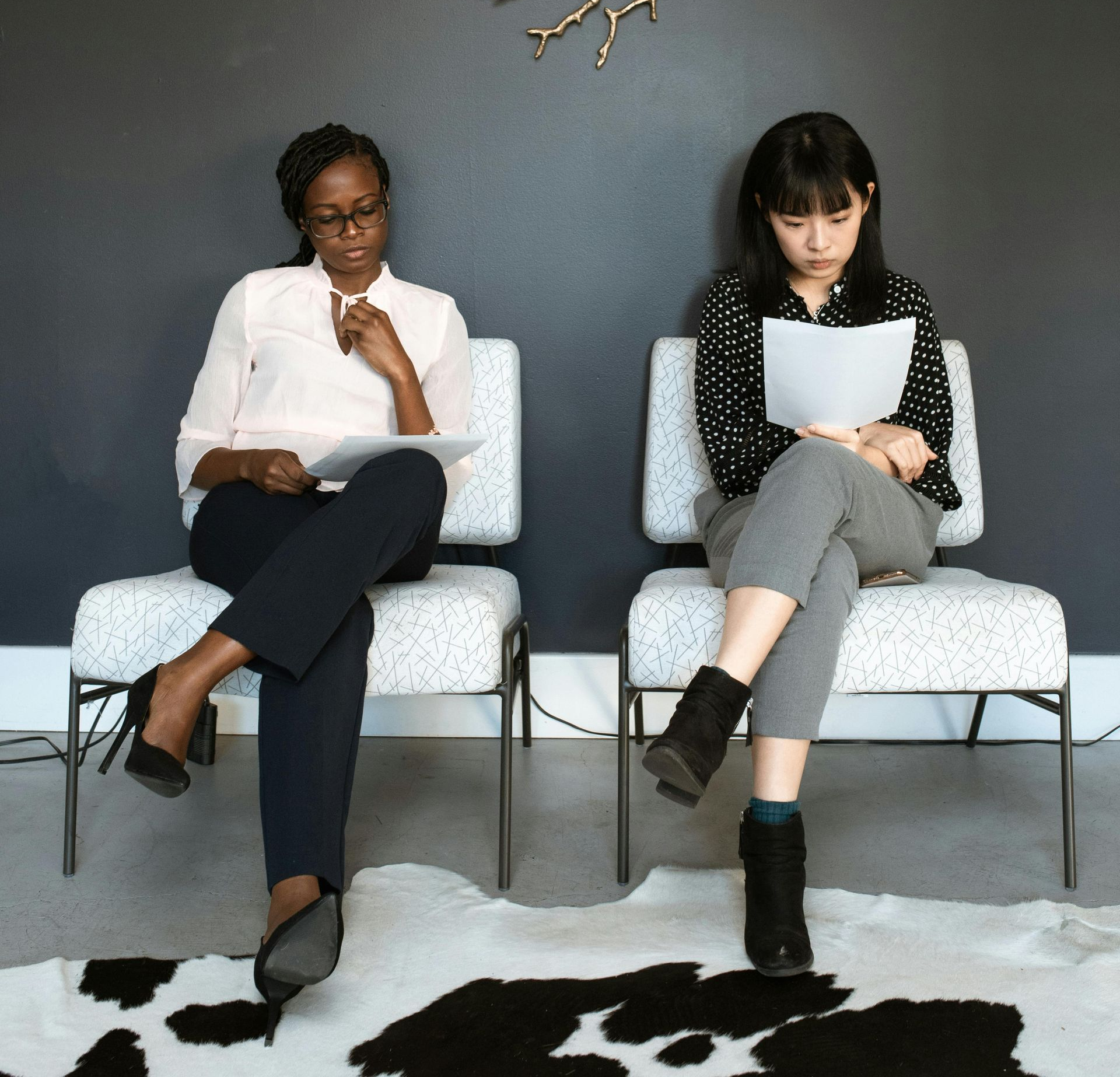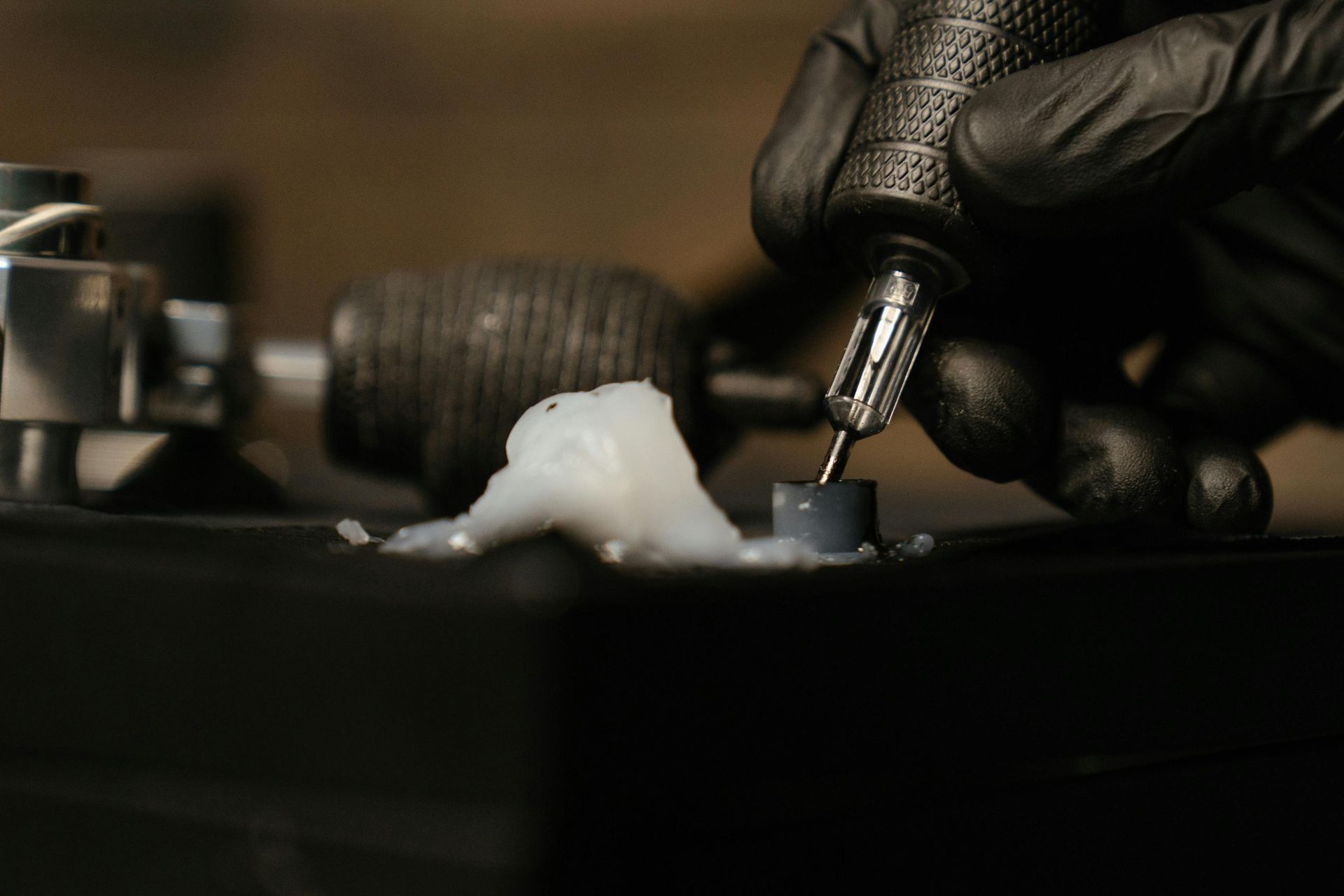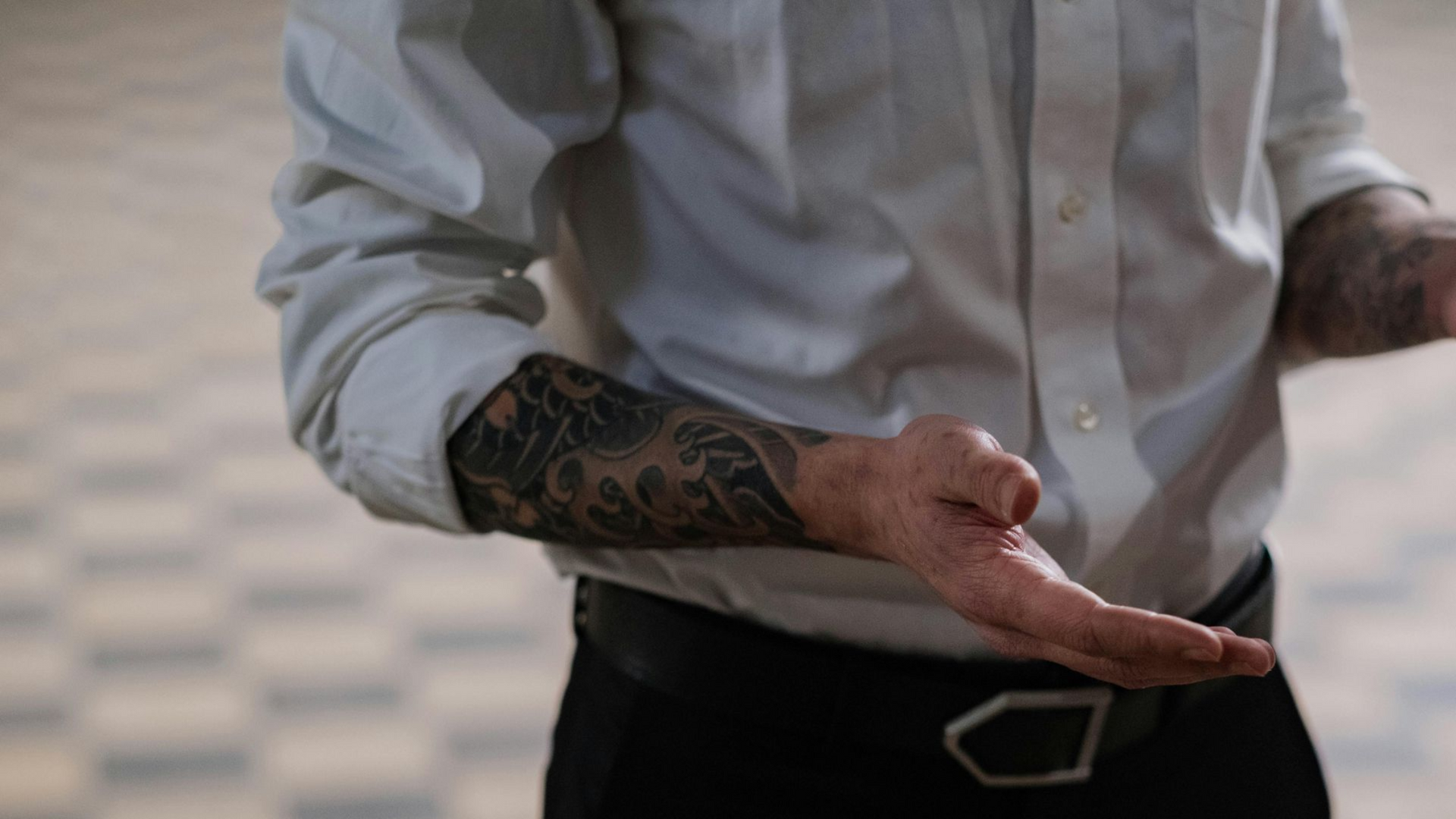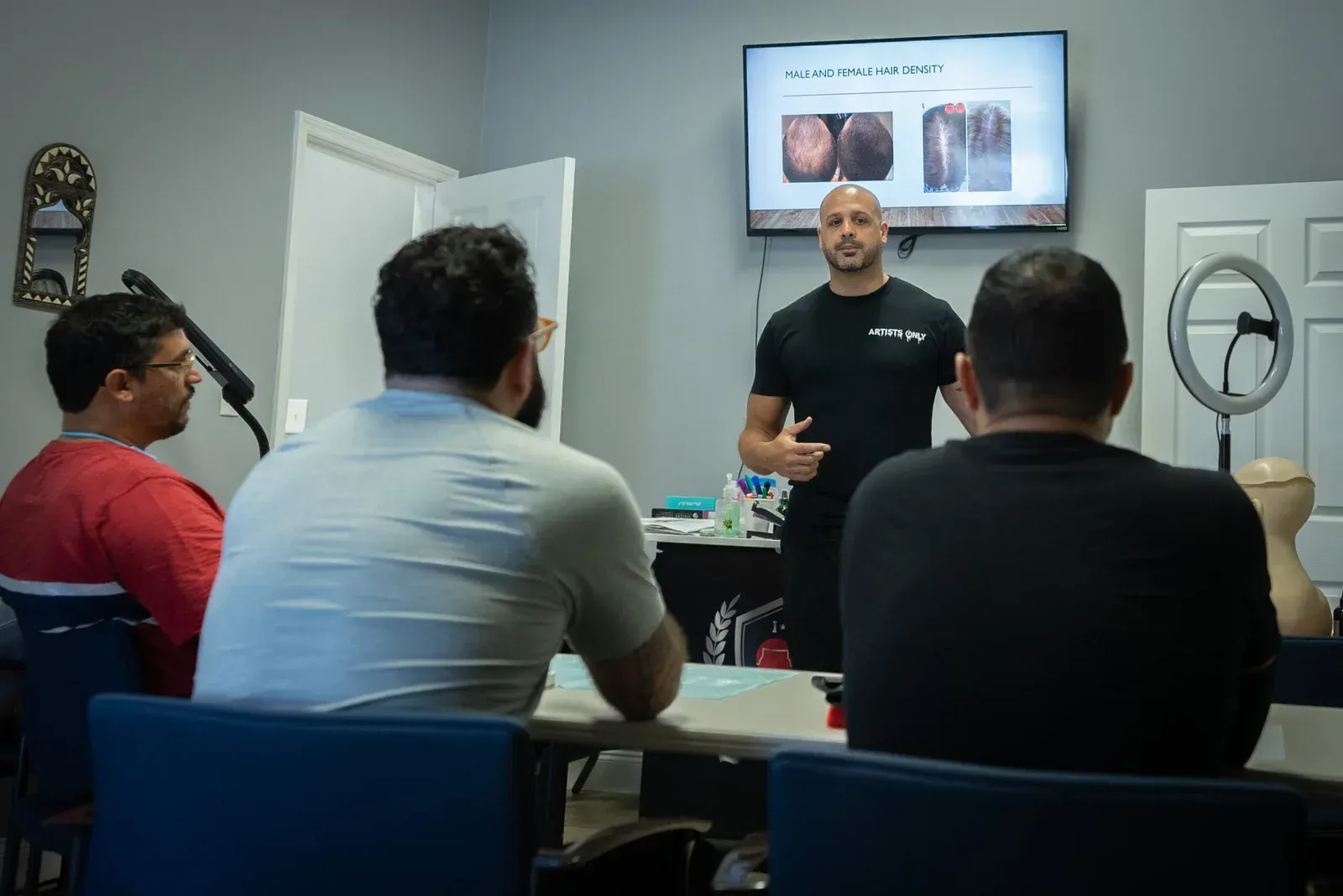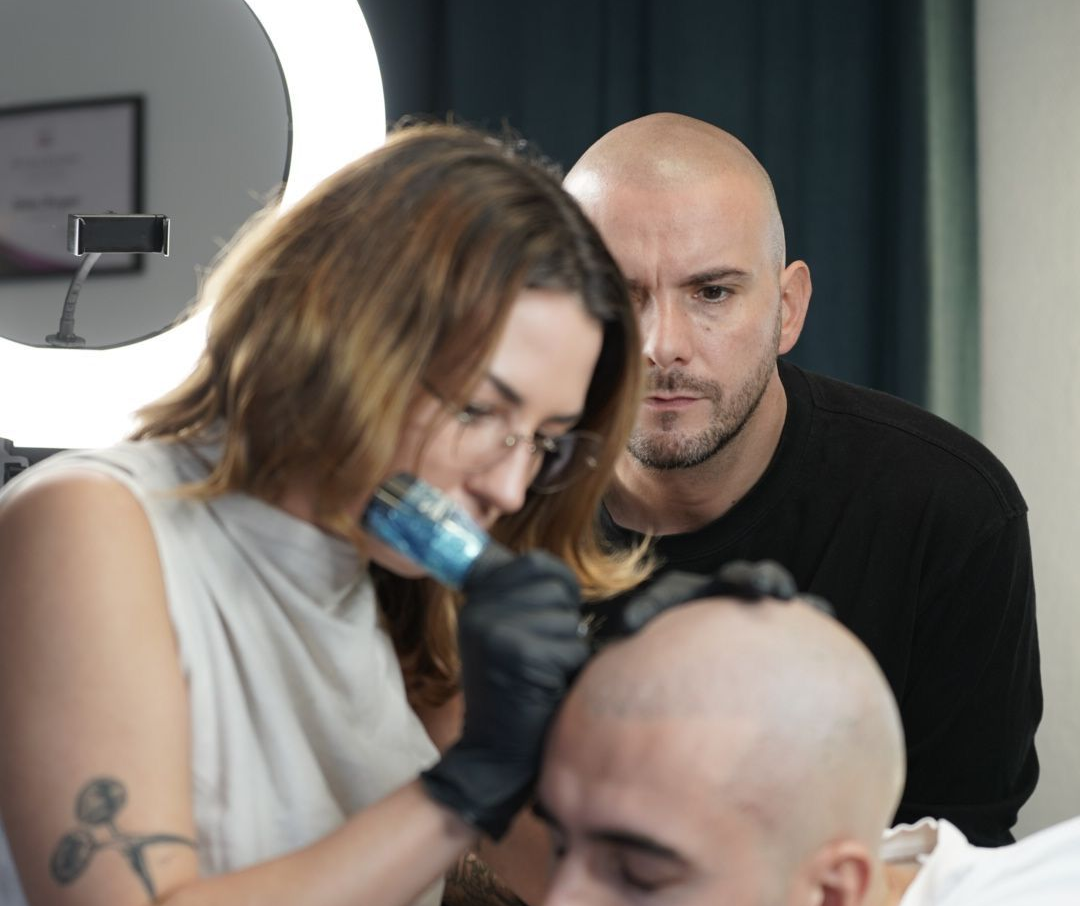The Rise of PMU and SMP Training
VALERIE KRUEGER • July 19, 2025
A Lucrative Opportunity for Educators

Permanent makeup (PMU) and scalp micropigmentation (SMP) are experiencing explosive demand, positioning educators at the forefront of a multi-billion-dollar growth trajectory. The global permanent makeup training market is estimated at $500 million in 2025, with a projected compound annual growth rate (CAGR) of approximately 15% from 2025 to 2033, potentially reaching $2.5 billion by 2028 in training alone.
Concurrently, the broader PMU service market is forecast to expand from $162.9 million in 2025 to $277.8 million by 2032 at a CAGR near 7.9%.
These robust figures underscore that educators who deliver authoritative, up-to-date training will command premium positioning in a competitive landscape.
On the SMP side, emerging trends emphasize hyper-realistic techniques, advanced pigment customization, and holistic approaches that cater to diverse client needs. Industry analyses highlight that the SMP market is being reshaped by innovative application methods enabling seamless replication of hair follicles for both male and female clients. The paramedical tattoo segment, which includes SMP, is estimated at around $500 million in 2025 with a projected CAGR of 15% through 2033, validating the critical role of specialized training to meet rising demand for non-surgical cosmetic solutions and scar or areola camouflage.
These market drivers translate into escalating demand for qualified instructors, standardized curricula, and certification programs. As consumer awareness grows—fueled by social media, influencer endorsements, and shifting beauty norms—professionals seek credentials that distinguish their skillsets. Reports indicate that North America and Europe dominate PMU training uptake, yet APAC markets are rapidly adopting training programs, signaling global opportunities for educators to develop remote or hybrid offering.
For educators, the opportunity is two-fold: first, to design cutting-edge training that equips students with the latest techniques (e.g., microblading refinements, lip blush subtleties, realistic SMP workflows); second, to package these offerings as scalable, recurring revenue models. As the industry evolves, educators can differentiate through advanced modules—such as paramedical micropigmentation, color theory innovations, business and client acquisition strategies, and digital marketing for PMU/SMP technicians.
This layered curriculum positions trainers not just as technical instructors but as strategic business partners for their students.
Income potential for PMU/SMP educators is compelling. Beyond one-off course fees, revenue streams include: subscription-based memberships granting access to ongoing technique updates; branded product lines (pigments, aftercare kits, tools); affiliate partnerships; and advanced masterclasses or mentorship programs. Given that trained technicians often recoup training investments quickly through premium service pricing, willingness to invest in high-quality education remains strong. Moreover, the ability to offer virtual modules or collaborate internationally amplifies reach, enabling educators to scale without proportionally increasing overhead.
In summary, PMU and SMP training represent one of the most attractive additional income streams for beauty professionals and entrepreneurs. For educators, capitalizing on this momentum requires staying abreast of technological advancements, maintaining rigorous quality standards, and innovating delivery formats. By doing so, trainers not only meet surging market needs but also secure sustainable, diversified revenue channels in a flourishing industry.












